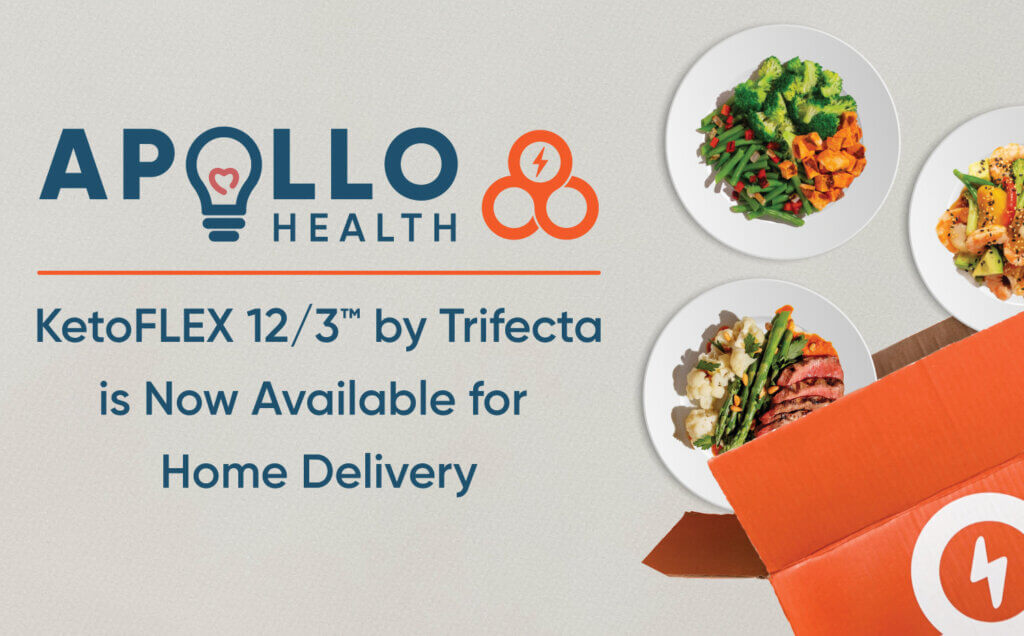June 5, 2023
Busting Carb Myths
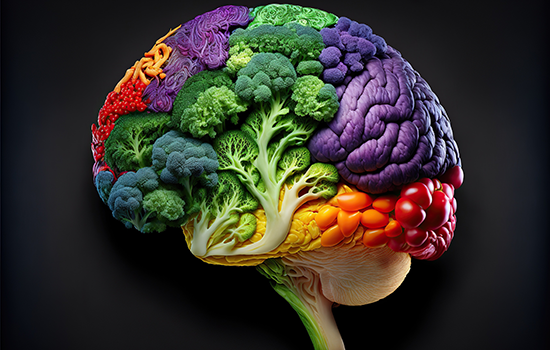

By Julie Gregory, Chief Health Liaison for Apollo Health
I regularly see wild pronouncements about carbohydrate (carb) restriction on ketogenic diets, such as “You must keep carbs below 25 grams per day,” or “A zero carb diet prevents Alzheimer’s.” Rather than drastically restricting carbs, we take a fundamentally different approach with KetoFLEX ™ 12/3 — the only diet clinically shown to improve cognition in the early stages of Alzheimer’s disease when practiced as a part of the overall Bredesen Protocol®.
First, not all carbs are created equal. Most people understand that the carbs from nutrient-dense vegetables like dark leafy greens are far superior to the carbs from sugar or simple carbohydrates. Second, because we’re addressing a disease process that has previously been intractable, we’re pulling out all the stops and even replacing the carbohydrates from grains with carbohydrates from vegetables to benefit from their wide array of phytonutrients. (See Going Against the Grain to learn more.
On KetoFLEX 12/3, we freely encourage the consumption of non-starchy vegetables from every color of the rainbow along with healthy fats. In fact, you’ll notice that the second level of our Brain Food Pyramid, entitled “Freely Indulge”, features both food groups.
Brain Food Pyramid
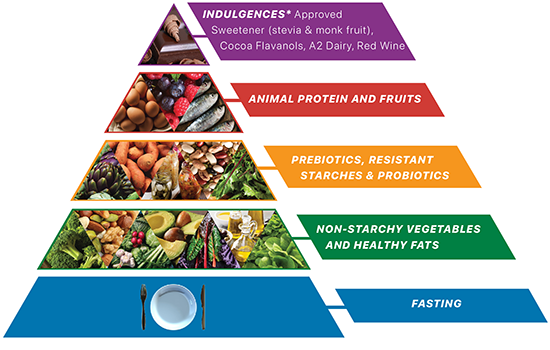
Vegetables are rich in phytonutrients, including polyphenols, flavanols, and anthocyanins that have been shown to positively affect brain health. For instance, research has shown that leafy greens can slow the progression of cognitive decline. Any mushroom (from the mighty Lion’s Mane to the humble button) can help to reduce the risk for cognitive decline. Even spices, herbs, and teas, also included in our vegetable category, have neuroprotective benefits. Saffron has been shown to improve cognition, while curcumin (found in the spice turmeric) reduces neural inflammation and beta-amyloid. A compound in green tea, called epigallocatechin gallate can break down the tau tangles that accompany Alzheimer’s disease. Other research shows that vegetables have a wide array of health benefits, including antioxidant, anti-inflammatory, antiviral, and antibacterial properties. They’ve been shown to positively effect epigenetic expression (upregulate “good” genes), repair cell damage, and improve gut and immune function.
Depending upon how many vegetables you’re currently consuming, you may have to slowly work up to our recommended intake of six to nine cups of non-starchy vegetables daily. Bitter herbs, unfiltered apple cider vinegar, organic lemon juice, or peel as seasonings can serve as natural digestive enzymes and can aid in this transition. Ideally, half of your vegetables should be consumed raw (as salads and crudités), and half will be enjoyed cooked (lightly steamed, sautéed, or even roasted). Once you’ve reached your goal, three-quarters of your plate will be comprised of vegetables. Half will be non-starchy vegetables, and the other quarter will be vegetables specifically geared towards optimizing gastrointestinal health: prebiotics (e.g., asparagus, jicama), resistant starches (e.g., colored potatoes, parsnips), and probiotics (e.g., kimchi, sauerkraut). High polyphenol extra virgin olive oil (EVOO) is our top recommendation for healthy fat to pair with vegetables. Research has shown that it independently improves cognition, brain structure, and function. It’s delicious when mixed in vinaigrettes, sauces like aioli, or as a finishing oil for cooked vegetables. While you can’t see it in the image below, healthy fats calorically make up the bulk of the diet. Other healthy fats that we recommend include avocados, nuts, and seeds.
Daily Food Intake
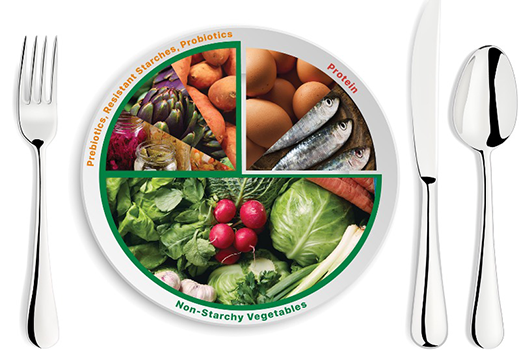
You may be wondering how you can achieve ketosis with all of these vegetables. You can easily reach your goal of six to nine cups per day when you stick to non-starchy vegetables that are below 35 on the glycemic index. The glycemic index is a rating system for foods containing carbohydrates, with a score between 1-100. It shows how quickly each food affects your blood sugar (glucose) level when that food is eaten on its own. Lower glycemic foods are much less likely to have this effect vs. higher glycemic foods like cooked beets or white potatoes. The green ink on our vegetable chart indicates the low glycemic options in our vegetable chart below.
KetoFLEX 12/3 Vegetables
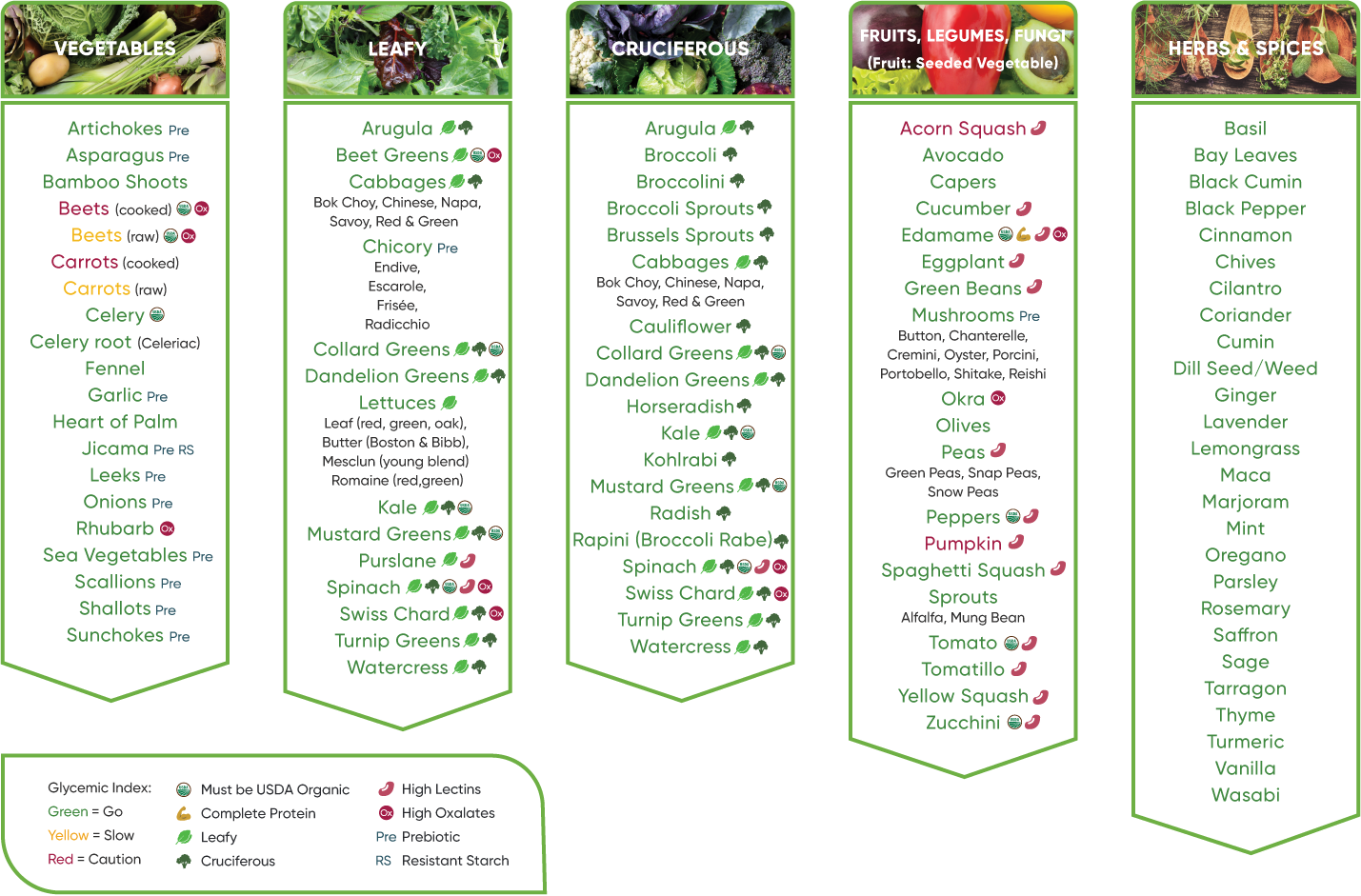
Unlike other ketogenic diets, KetoFLEX 12/3 does not rely solely on diet to help you reach ketosis. In fact, (unless necessary for cognition) a constant state of ketosis is not our ultimate goal but rather the restoration of metabolic flexibility. This is the ability to burn both glucose and fats as fuel that will enable you to maximize the fuel supply to your brain. For those checking their ketone levels, most people do very well by achieving a beta-hydroxybutyrate level of 1.0-1.5mM (via a fingerstick) by combining the diet with a long daily fast (a minimum of 12 hours daily, with at least 3 hours before bed), and exercise. We call this winning combination the KetoFLEX 12/3 Lifestyle. You’ll notice in the graphic below that these three strategies are placed on a foundation of quality, restorative sleep.
The KetoFLEX 12/3 Lifestyle
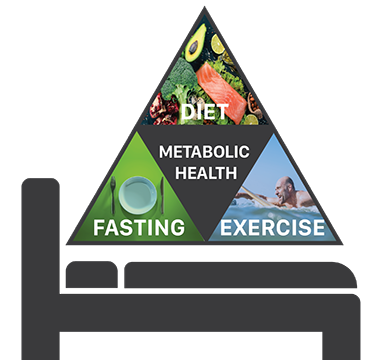
By using the KetoFLEX 12/3 Lifestyle, most people can still consume around 15% of their total caloric intake in carbohydrates. For an active 130 lbs. woman, that would be slightly more than 60 grams of carbohydrates daily. Because we want to ensure that you’re getting enough non-starchy vegetables, we’re planning to increase the carbohydrate count to approximately 30 grams of carbohydrates per meal on our newly launched KetoFLEX 12/3 Home Delivery Meals offered by Trifecta.
Your mama told you to eat your veggies. Turns out, she was onto something big. By forgoing empty calories and strategically replacing them with nutrient-dense vegetables and healthy fats, you can use food as medicine and begin to heal yourself as soon as your next meal.






